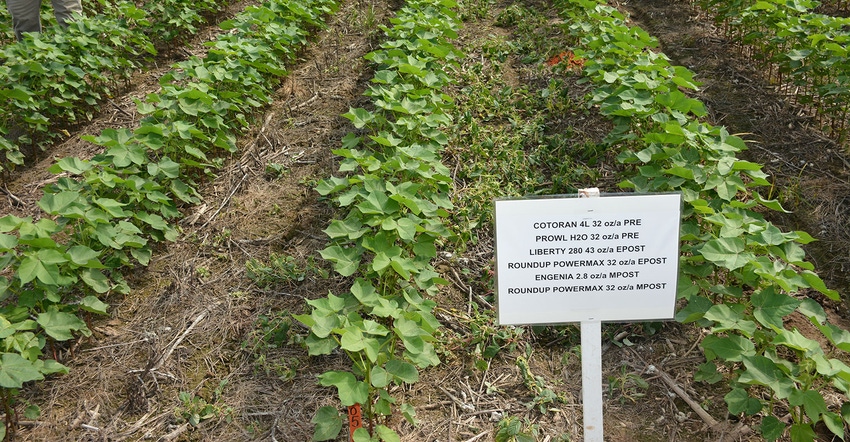
June 19, 1978, found me winging my way from Atlanta to Lexington, Ky. By noon I was walking up and down crop plots on a weed tour, hosted by the UK Extension service.
That was my first day on the job as associate editor, Southeast Farm Press.
June 19, 2019, found me walking up and down crop plots at a University of Tennessee Institute of Agriculture weed tour.
I find that a bit amusing. It also reminds me of the scores of tours, field days, and turn-row meetings I have attended over the past 41 years.
I remember on that first weed tour feeling overwhelmed by how much I didn’t know. I had two good years of experience behind me as an editor for the Extension Service and Experiment Station at Clemson University, another two years as a newspaper reporter, but when I walked plots reading treatment signs, I could have been looking at Klingon script.
But I learned something on that tour that I have found to be true over the last four decades. If you don’t know something and ask questions, folks in the ag industry will explain things to you—and not make you feel ignorant, even when you are.
Industry was pumping out a lot of weed management chemistry in the late 70s and early 80s. This was way before herbicide tolerant traits were available, and farmers were hoping to find an over-the-top product that would control most of their weeds without damaging the crop.
I recall rope-wick applicators that ran just above the crop canopy applying Roundup through the wick to manage weeds that escaped earlier pre-emerge and postemerge herbicides.
I don’t recall pigweed as a particularly onerous problem back then. I heard a lot about cocklebur, johnsongrass, hemp sesbania, Texas panicum and ragweed.
During my first two decades with Farm Press, most farmers still relied on cultivation to take out weeds that got by their herbicide program.
I remember a lot of farmers swore by Treflan; many still do. With herbicide resistance now posing a significant problem across the country, farmers are going back to some of those “old school” control practices.
This recent weed tour also reminded me of the complex nature of weeds and how persistent and resilient they can be, even with new technology. Larry Steckel, UTIA weed specialist, pointed out a plot where pigweed had begun to recover following an application of what once would have been a knockout punch of herbicide.
Also, walking up and down the plots and reading treatment signs, I realized how much I still don’t know.
But at the end of the tour, I was reminded of that first lesson.
“Larry,” I asked, “can you give me a quick overview?”
“Of course,” he said. “We have a lot going on here.”
I was not surprised.
About the Author(s)
You May Also Like






